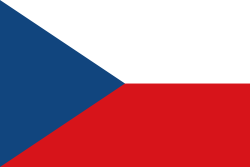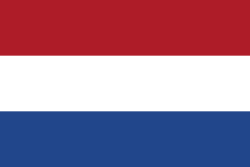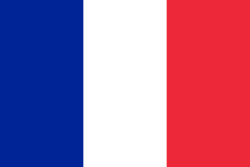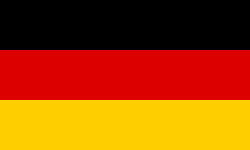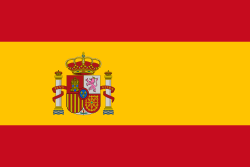The Chinese furniture industry boasts an extensive and diverse material palette, with engineered boards constituting a significant portion. Each type of engineered board offers unique characteristics and cost implications, underscoring the importance of a comprehensive understanding of these materials. This in-depth exploration focuses exclusively on engineered boards commonly utilized in furniture construction, excluding solid wood species, which will be the subject of a separate analysis. Additionally, blockboard, primarily employed in door, panel, and partition manufacturing, is beyond the scope of this article. By delving into the intricacies of engineered boards, we aim to provide valuable insights for both manufacturers and consumers seeking to make informed decisions about material selection in the furniture-making process. These decisions will ultimately impact the furniture's aesthetic appeal, structural integrity, and overall value.
Types of Wood Board: Core Materials
Fiberboard and plywood are two fundamental categories of engineered wood boards, each with distinct properties and applications. Fiberboard is created by compressing wood fibers into a sheet, resulting in a material that is often denser and smoother than plywood. Its uniform structure makes it ideal for applications requiring a flat surface, such as cabinetry and furniture panels. Conversely, plywood is constructed by layering thin sheets of wood veneer at cross-grain angles, providing superior strength and stability. This makes plywood well-suited for structural applications like roofing, flooring, and wall sheathing. Both fiberboard and plywood offer advantages over solid wood types, including cost-effectiveness, dimensional stability, and consistent quality craftsmanship.

LDF/ Particle Board
Low-density fiberboard (LDF), often referred to as particle board, is a type of fiberboard made from wood particles or chips bound together with a binder. It is the lightest, weakest, and most affordable board within the fiberboard category. Particleboard is commonly used for non-visible components of furniture that do not significantly affect structural stability. Due to its lower density compared to other fiberboards, LDF is more susceptible to deformation and expansion when exposed to moisture.
MDF
Medium-density fiberboard (MDF) is composed of wood fibers and a resin-wax binder, compressed under pressure and heat to form a sturdy board. It boasts higher density than LDF and has become a popular choice for furniture due to its strength and affordability. MDF boards can be finished with a wood veneer, melamine, or other protective coatings to enhance moisture resistance and aesthetics. In humid environments, proper sealing is essential to prevent moisture absorption, which can lead to expansion. With the right laminate or coating, MDF becomes highly resistant to moisture, making it suitable for most furniture applications.
HDF
High-density fiberboard (HDF) stands as the densest and strongest among fiberboards. Often referred to as hardboard, HDF is versatile wood and can also be used in construction for purposes beyond furniture making, such as laminate flooring. Tempered HDF undergoes treatment with linseed oil, offering protection against humidity and moisture. However, when HDF is equipped with a laminate finish, it equally shields against moisture. Both HDF and MDF are excellent choices for furniture, exhibiting similar resistance to external factors when equipped with appropriate laminates.
Plywood
Plywood is engineered by layering multiple thin sheets of wood veneer, bonded together with adhesive. This construction method results in a remarkably strong and stable material, surpassing the individual strength of each veneer. Plywood's exceptional strength-to-weight ratio makes it an ideal choice for furniture frames and structural components. Its resistance to warping and cracking is significantly higher than MDF or HDF, ensuring long-lasting durability. While not as dense as HDF, plywood offers a balance of strength, flexibility, and aesthetic appeal. It can be finished with various veneers or paints to match different design styles. Overall, plywood stands as a versatile wood and reliable material for furniture construction, providing a combination of strength, stability, and aesthetic possibilities.
Phenolic Resin Core
Phenolic resin core, often referred to as compact laminate, is a high-pressure laminate composed of multiple layers of kraft paper impregnated with phenolic resin. This material undergoes intense heat and pressure during manufacturing, resulting in a dense, non-porous, and exceptionally durable product. Compact laminate boasts exceptional resistance to moisture, heat, scratches, and stains, making it an ideal choice for high-traffic and demanding environments. Its sleek, smooth surface is easy to clean and maintain, ensuring long-lasting performance. Commonly used in commercial and industrial applications, compact laminate is also gaining popularity in residential spaces for countertops, wall cladding, and furniture due to its durability and aesthetic appeal.
Finding the Right Type of Wood Finish - Laminate, Veneer, and Melamine
Selecting the right finish for your engineered boards is crucial to achieving the desired look, durability, and functionality of your furniture. Three common finishing options are laminate, veneer, and melamine.
Wood Veneer
Veneer is an ultra-thin layer of real wood applied to the surface of an engineered board. This application creates the appearance of solid wood with wood grain pattern while offering cost-efficiency and design versatility. Veneer is an ideal choice when you want your boards to mimic natural wood grains, providing a visually pleasing surface.
High Pressure Laminate (HPL)
Laminates are essentially layers of paper merged onto engineered boards using a synthetic resin under heat and pressure. High-pressure laminate (HPL) involves a more intense compression process than low-pressure laminate (LPL). Through thermal fusion, the laminate paper and resin create a solid plastic surface that is resistant to external influences and resistant to scratching.
Melamine
Melamine is a subcategory of laminate, specifically low-pressure laminate (LPL), utilizing a melamine resin as a binding agent. Historically considered lower in quality compared to HPL, melamine has experienced significant improvements in recent years, making it a competitive option. Modern melamine is now on par with HPL, offering waterproof, scratch-resistant, and durable finishes. Melamine and laminate finishes are available with smooth or embossed surfaces, allowing for a variety of textures and aesthetic choices. Finishes can range from solid colors to imitations of natural materials such as wood, stone, and marble, with options for glossy or matte appearances.
Melamine and Laminate are nowadays the two prevalent options used for millwork, due to their durability, cost-effectiveness, and aesthetic allure. Continue reading our comparison of these 2 finishes to get a deeper understanding of the differences.
PVC Finish
PVC (Polyvinyl Chloride), a type of laminate, offers a durable and versatile finish for engineered boards. Created through a high-pressure process, it boasts exceptional resistance to scratches, water, and other external factors. Available in a wide variety of colors, textures, and patterns, including wood, stone, and marble imitations, PVC finishes can achieve both sleek and realistic aesthetics. PVC finishes are considered a bit better than Melamine and its price is also a bit higher.
Paint Finish
Paint finishes provide a customizable and also affordable option for engineered boards compared to laminate or veneer. But it is more expensive than PVC or Melamine, due to the manual labor involved. Offering endless color possibilities and the ability to create unique effects, paint can transform the look of your furniture. However, paint finishes may require more maintenance and touch-ups over time compared to laminate options, as they are generally less durable.
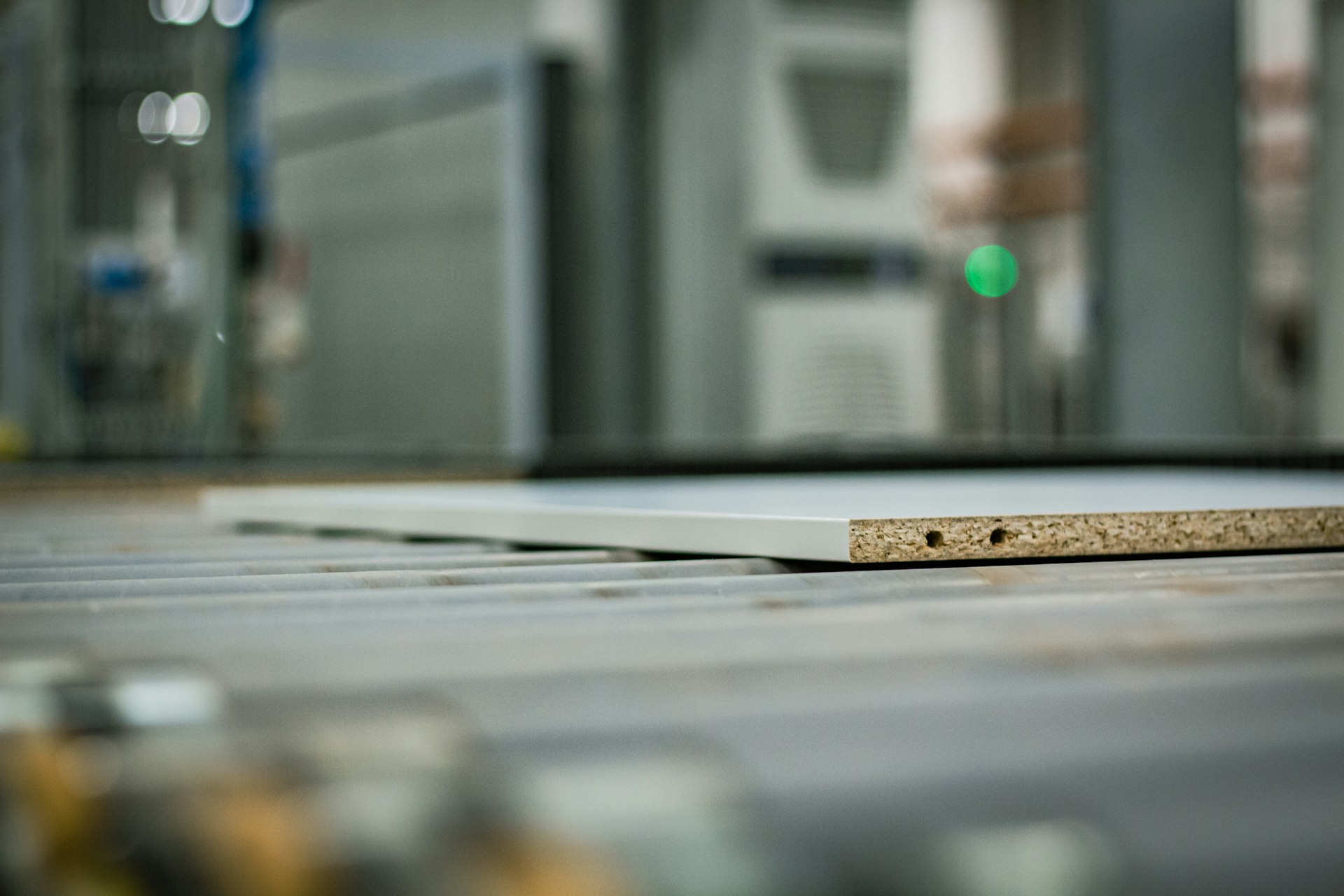
Choosing the Right Material for Your Furniture
Selecting the optimal raw material is paramount in achieving the desired outcome for your furniture or custom millwork project. Plywood, renowned for its exceptional strength and durability, is often the preferred choice for applications demanding superior performance. However, its premium price point may necessitate exploring alternative options. Medium-density fiberboard (MDF) and chipboard present viable alternatives, offering cost-effective solutions without compromising on quality in many instances. MDF excels in creating smooth, flat surfaces ideal for painting or laminating, making it a popular choice for cabinetry and shelving. Chipboard, while less dense, provides a budget-friendly option for less demanding projects, such as drawer boxes or interior components. Careful consideration of the project's specific requirements, including intended use, weight-bearing capacity, and aesthetic preferences, will guide the selection of the most suitable core material. Ultimately, the ideal choice is one that harmoniously balances performance, budget, and design considerations.
Shaker Style Panels & Special Shapes
For special shapes as handles inside door panels, or a shaker style panel, there is only limited choice of materials to choose from. Typically MDF is the best materials to work out special shapes, including round shapes. These panels can be only finishes off with a PVC finish or a paint finish due to it's many corners and edges.
Outdoor furniture application
Compact laminate is an ideal choice for outdoor furniture due to its exceptional durability and resistance to harsh weather conditions. This high-pressure laminate is impervious to moisture, UV rays, and temperature fluctuations, ensuring your furniture remains in excellent condition for years to come. Additionally, compact laminate is highly resistant to scratches, stains, and impact, making it perfect for withstanding the rigors of outdoor use. Its low maintenance requirements and wide range of colors and finishes allow you to create stylish and practical outdoor furniture that complements any decorative pieces.
Conclusion
Choosing the right engineered boards for your furniture projects involves a careful consideration of materials and finishes. Understanding the characteristics of LDF, MDF, and HDF allows you to make informed decisions about which board suits your project's requirements. Additionally, selecting the appropriate finish, whether it's veneer, laminate, or melamine, can greatly impact the aesthetics and durability of your furniture.
At Guangzhou Sourcing, we combine expertise and quality craftsmanship to deliver exceptional furniture solutions tailored to your needs using a variety of wood products. Whether you are designing residential spaces, offices, kitchen cabinets, or outdoor areas, our extensive knowledge of materials and finishes ensures that your furniture projects shine with both style and substance. Contact us today to explore how we can collaborate on your upcoming projects and elevate your furniture designs to new heights.
